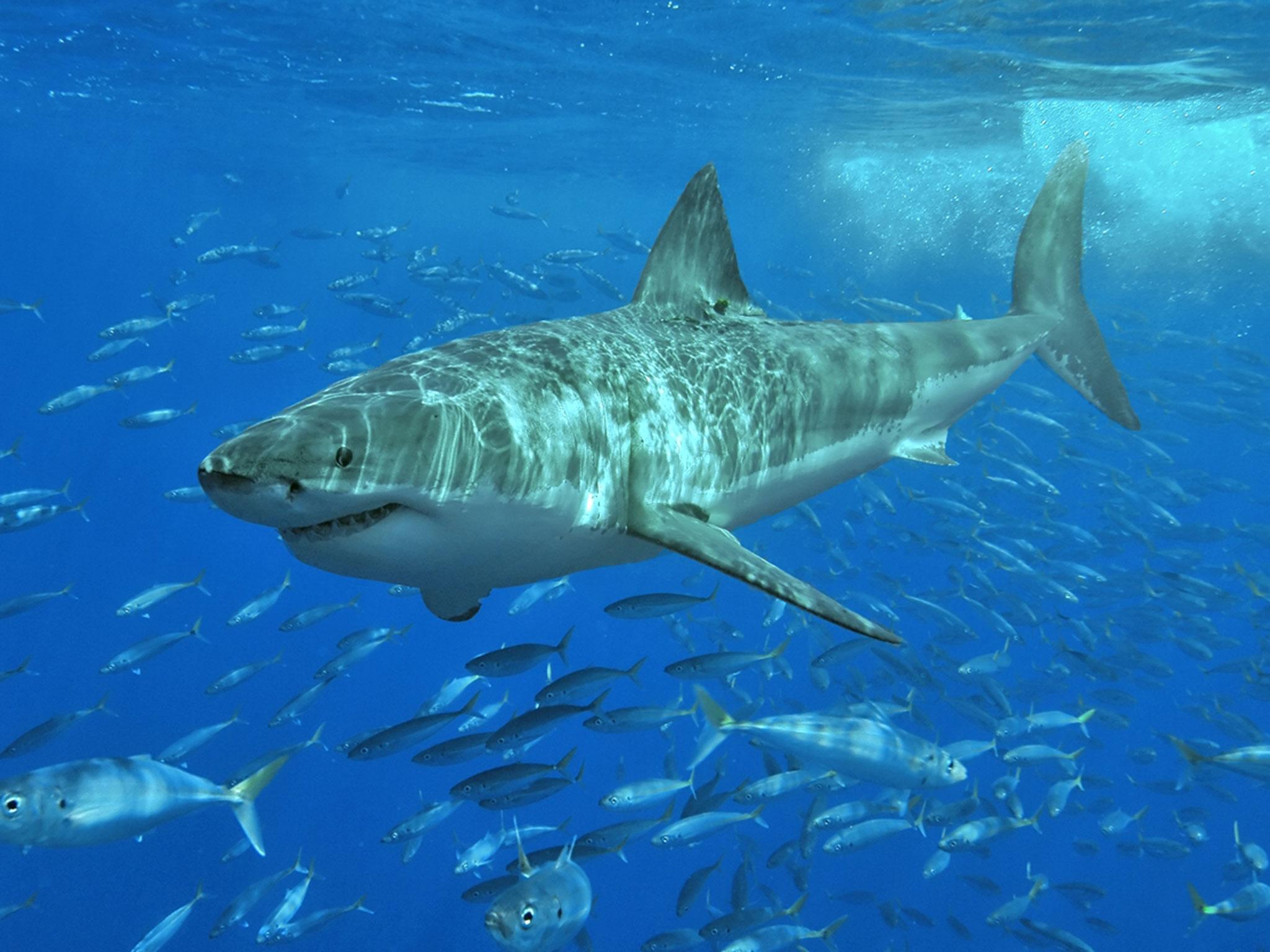Great white shark recorded asleep for the first time ever
Previously, scientists did not know how the sharks took their rest

Your support helps us to tell the story
From reproductive rights to climate change to Big Tech, The Independent is on the ground when the story is developing. Whether it's investigating the financials of Elon Musk's pro-Trump PAC or producing our latest documentary, 'The A Word', which shines a light on the American women fighting for reproductive rights, we know how important it is to parse out the facts from the messaging.
At such a critical moment in US history, we need reporters on the ground. Your donation allows us to keep sending journalists to speak to both sides of the story.
The Independent is trusted by Americans across the entire political spectrum. And unlike many other quality news outlets, we choose not to lock Americans out of our reporting and analysis with paywalls. We believe quality journalism should be available to everyone, paid for by those who can afford it.
Your support makes all the difference.Scientists believe they may have discovered how great white sharks sleep.
How the creatures rested has previously been unknown, particularly as the species must be constantly on the move in order to breathe.
But using hi-tech robotics and underwater cameras, they now believe they know how the sharks – which can grow up to six metres long – take their slumber.
Footage, shot by the Discovery Channel, followed a female great white, nicknamed Emma, as the sun set near the Isla de Guadalupe, west of Mexico’s Baja peninsula.
As night fell, the shark’s behaviour began to change. While in daylight hours, great whites tend to stay in deep waters to swoop on prey, at night they are known to move in closer to the shore.
Emma is “hugging the shoreline, staying close to the bottom,” observes one of scientists in the film.
At 8.30pm, the researchers observed Emma’s jaws begin to open, and she entered “an almost catatonic state”. However, she continued to move through the water, albeit more slowly than usual.
If the shark was to stop moving, water would not flow through her gills and she would lose buoyancy, sink and suffocate.
In 2015, near the same Pacific island, biologist Mauricio Hoyos Padilla filmed what is thought to have been the largest great white ever recorded.
The 20 foot shark was believed to have been pregnant at the time.
Join our commenting forum
Join thought-provoking conversations, follow other Independent readers and see their replies
Comments